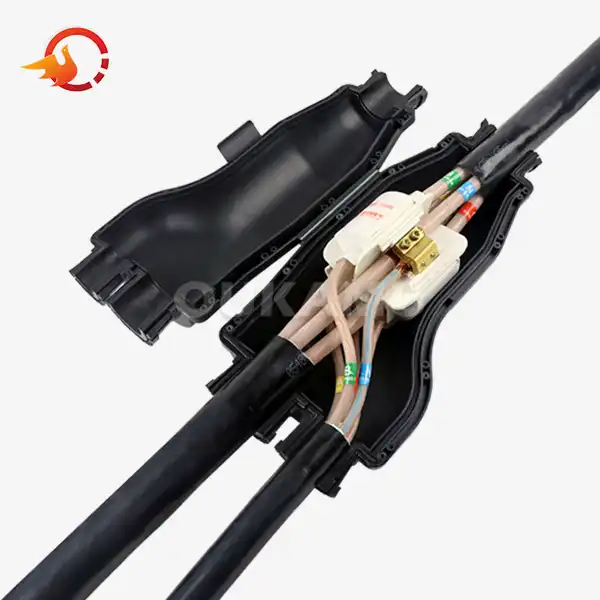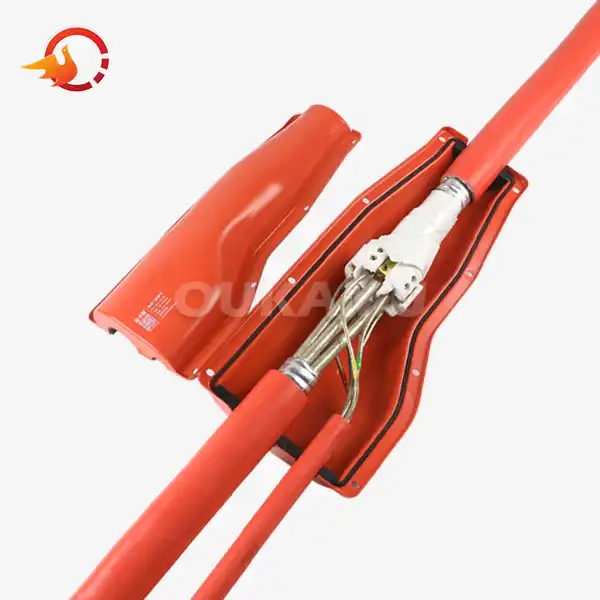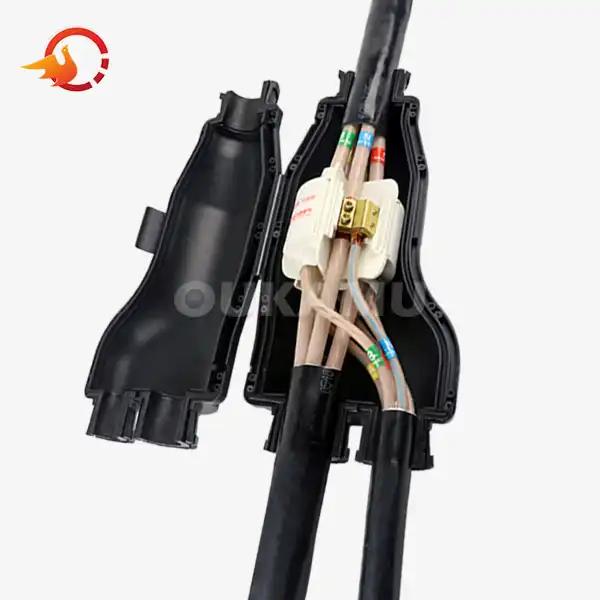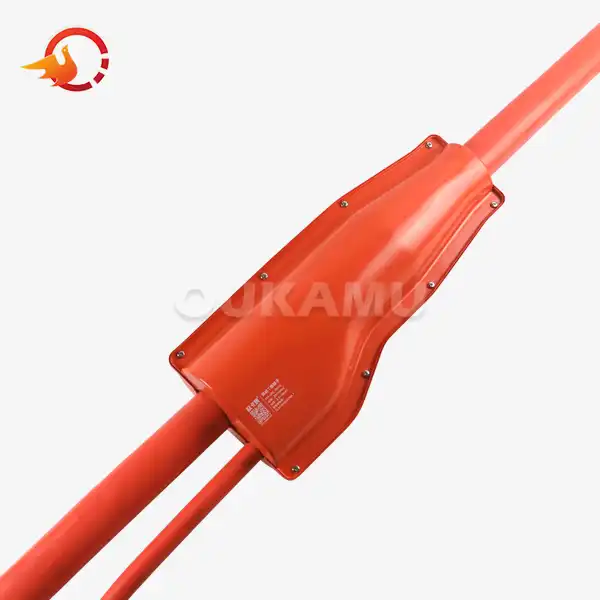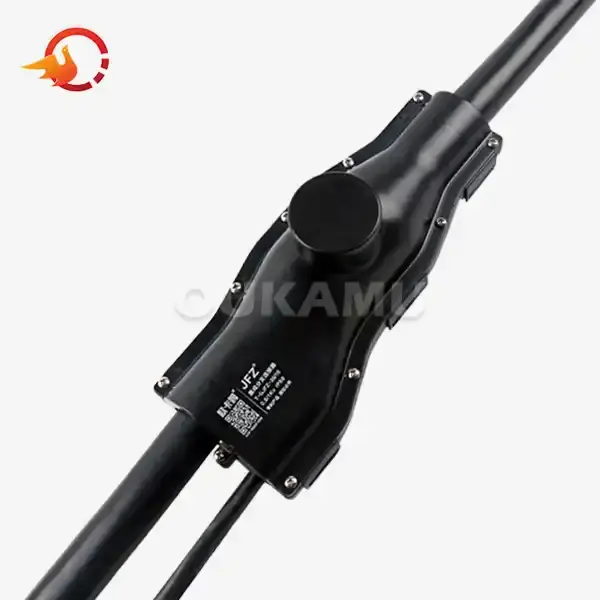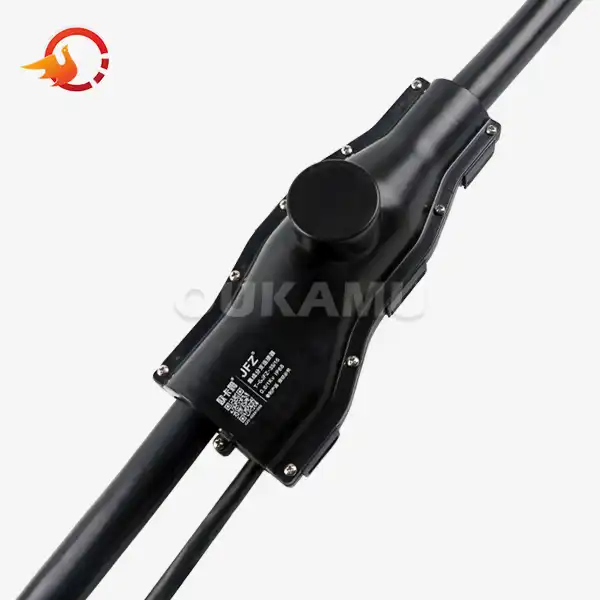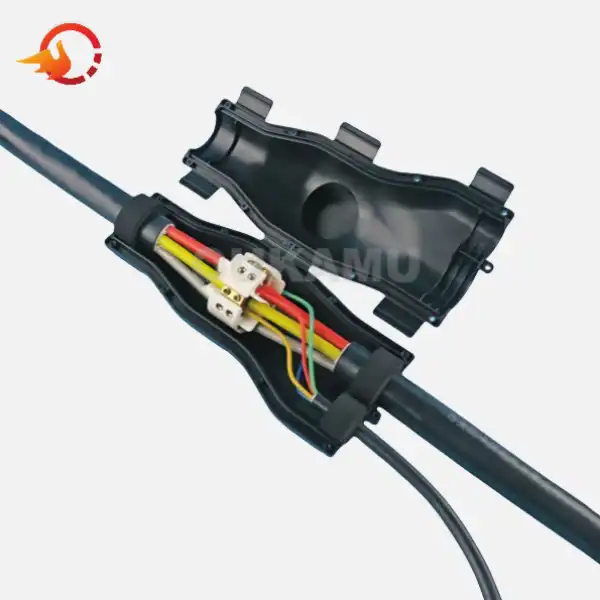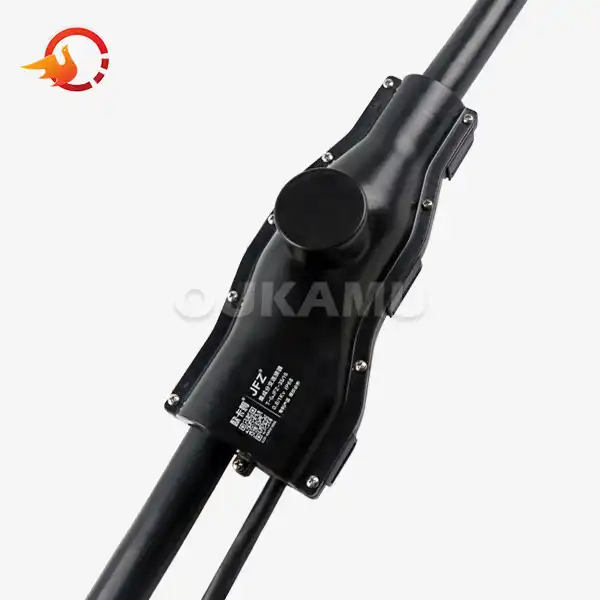The Fundamentals of Underground Cable Jointing
Underground cable jointing is the process of connecting two or more cable sections to create a continuous electrical path. This technique is essential for extending cable runs, repairing damaged sections, and creating branch connections in underground power distribution systems. The process requires precision, expertise, and specialized equipment to ensure a secure and reliable connection.
One of the primary challenges in underground cable jointing is maintaining the electrical and mechanical integrity of the connection. This involves matching the conductor materials, insulation properties, and shielding characteristics of the cables being joined. Proper jointing techniques also address issues such as moisture ingress, electrical stress, and thermal expansion, which can affect the long-term performance of the joint.
Modern cable jointing methods often employ pre-fabricated joint kits that include all necessary components for creating a reliable connection. These kits may contain items such as connector sleeves, insulating materials, outer protective layers, and sealing compounds. The use of standardized kits helps ensure consistency in joint quality and simplifies the installation process for technicians in the field.
The Impact of Quality Cable Jointing on Power Distribution
The quality of underground cable jointing has a direct impact on the reliability and efficiency of power distribution networks. Well-executed joints minimize power losses, reduce the risk of failures, and extend the overall lifespan of the cable system. Conversely, poorly made joints can become weak points in the network, leading to a host of problems that affect both utility providers and end-users.
One of the key benefits of high-quality cable jointing is the reduction of electrical resistance at connection points. Lower resistance means less energy is lost as heat, improving the overall efficiency of the power distribution system. This not only reduces operational costs for utility companies but also contributes to more sustainable energy practices by minimizing waste. Another critical aspect of cable jointing is its role in maintaining the integrity of the cable's insulation system. Proper jointing techniques ensure that the insulation is continuous and free from voids or contaminants that could lead to partial discharges or insulation breakdown. This is particularly important in high-voltage applications where electrical stress can be significant.
Quality cable jointing is essential for ensuring the reliability of electrical systems. Properly executed and sealed joints are less vulnerable to environmental factors like moisture, corrosion, or temperature fluctuations. This helps prevent joint failures that could otherwise result in power outages and expensive repairs. When joints are made with precision and attention to detail, the likelihood of malfunctions is minimized, thus enhancing the overall performance and longevity of the system. Utility companies that invest in high-quality jointing practices not only reduce operational downtime but also improve system resilience, leading to fewer disruptions for customers. Ultimately, such investments lead to enhanced service reliability, fewer maintenance costs, and higher customer satisfaction. By prioritizing effective cable jointing, utilities can ensure more stable operations and avoid the costly consequences of failures. Proper jointing is a key factor in both operational efficiency and customer trust, making it a critical area for any utility provider to focus on.
Innovations in Underground Cable Jointing Technology
The field of underground cable jointing has seen significant advancements in recent years, driven by the need for more reliable, efficient, and cost-effective solutions. One such innovation is the development of integrated T-terminals, also known as integrated branchers. These devices represent a leap forward in cable branch connection technology, offering numerous advantages over traditional methods.
Integrated T-terminals, like those developed by Xi'an Oukamu Electric Co., Ltd., allow for the convenient, safe, and reliable connection of multi-core trunk cables and branch cables directly at the construction site. This technology eliminates the need to cut the trunk cable, simplifying the installation process and reducing the potential for errors. The integrated design also ensures a more compact and aesthetically pleasing connection point, which can be crucial in space-constrained environments.
Another area of innovation in cable jointing is the development of advanced insulating and sealing materials. These new materials offer improved resistance to environmental factors, enhanced electrical properties, and longer service life. Some modern joint designs incorporate self-healing materials that can automatically repair minor damage, further enhancing the longevity and reliability of the joint.
As the power industry continues to evolve, so too does the technology behind underground cable jointing. These innovations not only improve the performance and reliability of power distribution networks but also contribute to safer, more efficient, and more sustainable energy infrastructure. For those looking to stay at the forefront of cable connection technology, exploring these advanced solutions can provide significant benefits in terms of system performance, cost-effectiveness, and long-term reliability.
Conclusion
In conclusion, underground cable jointing is a critical component of modern power distribution systems, with far-reaching implications for energy efficiency, reliability, and infrastructure longevity. As we've explored, the quality of cable jointing directly impacts the performance of electrical networks, while innovations in this field continue to push the boundaries of what's possible in underground power distribution. For those seeking expert guidance on cable connection solutions, including cutting-edge technologies like integrated T-terminals, don't hesitate to reach out to us at info@okmbranchcable.com. Our team of specialists is ready to help you navigate the complexities of cable jointing and find the optimal solutions for your specific needs.






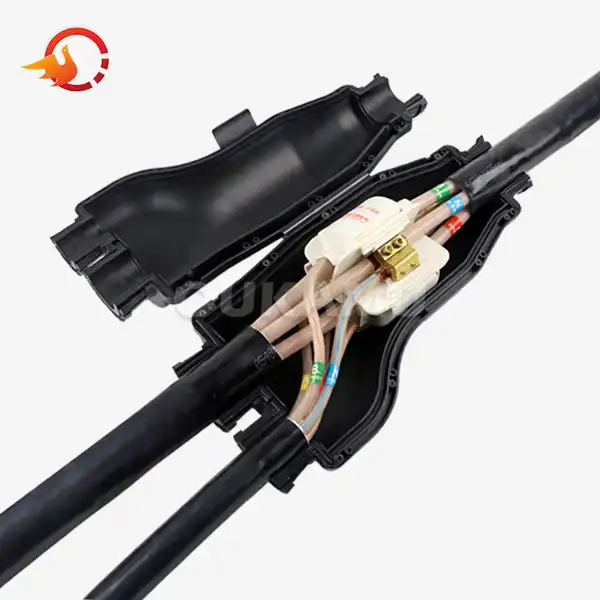
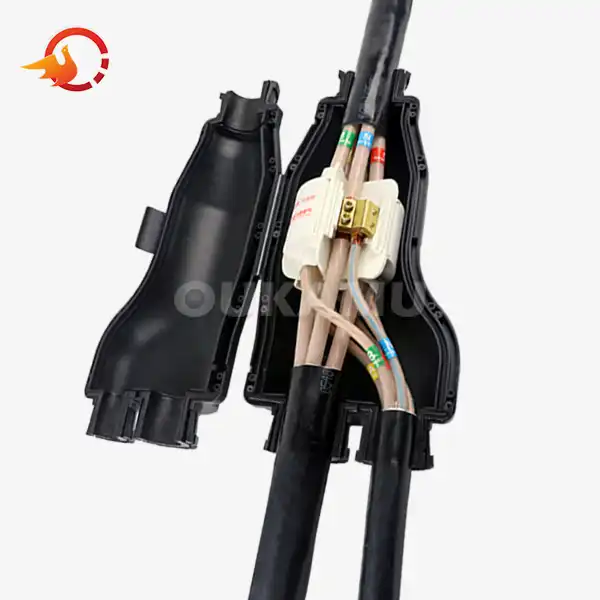
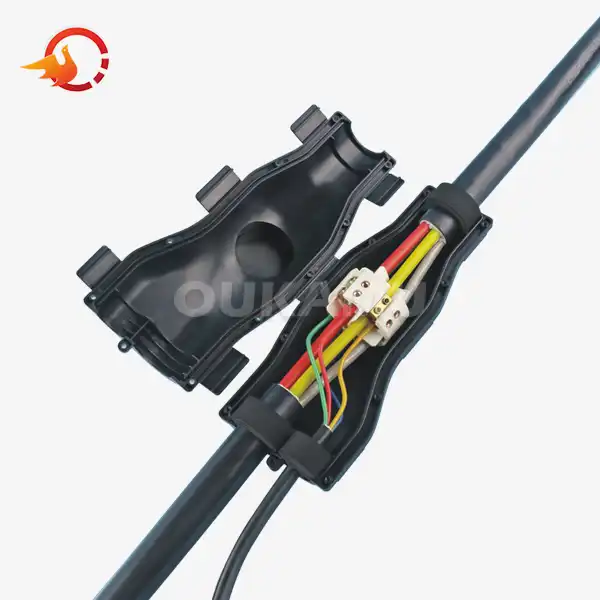






 2024-11-20 09:13:31
2024-11-20 09:13:31
